Building a fence around your home or property has many benefits: security, safety, privacy, defined boundaries, and aesthetic appeal. Before you proceed with this undertaking, you should consider what goes between the fence and soil to protect the fencing material. We've researched options to make your installation process easier!
There are several options for protecting your fence from the soil, including:
- concrete posts or foundation,
- gravel boards,
- and fence elevation or separation.
Choosing the appropriate barrier to protect the fence from deterioration depends on your fencing material.
This article aims to assist you in identifying the main purpose of the fence, the most ideal materials to use, construction steps and specifications, expected maintenance, and cost. Before we settle this specific issue, a step-by-step approach is provided to systematically help you complete the project with the best guidelines.

General Considerations to Install Fencing
Fence's Purpose
First, determine your main reason for erecting a fence, it may be a combination of several factors but this is the most important thing to consider.
Security
If security is your main priority, build a fence that is sturdy, tall, difficult to scale, and with a solid material such as concrete.
Privacy
Solid, enclosed fencing is best suited for privacy. Regardless of the material, the height and transparency of your fence are to be considered.
Aesthetics
A decorative fence for landscaping purposes or merely to demarcate property boundaries may be suited for this. Picket fences, ornamental metal fences, bamboo, and the like would suffice. It all boils down to personal choice.
Other purposes
If you intend to fence a vacant lot or property simply to demonstrate boundary lines, barbed wire fencing, and concrete posts will do.
With other areas such as gardens, farms, and lawns, determine whether you want to protect it from animals, people, or the elements. Choose the best material suited to your climate and budget.
Fencing Materials
Based on the purpose of your fence, you may now already have a general idea of what materials to use. Here are the options:
Wood
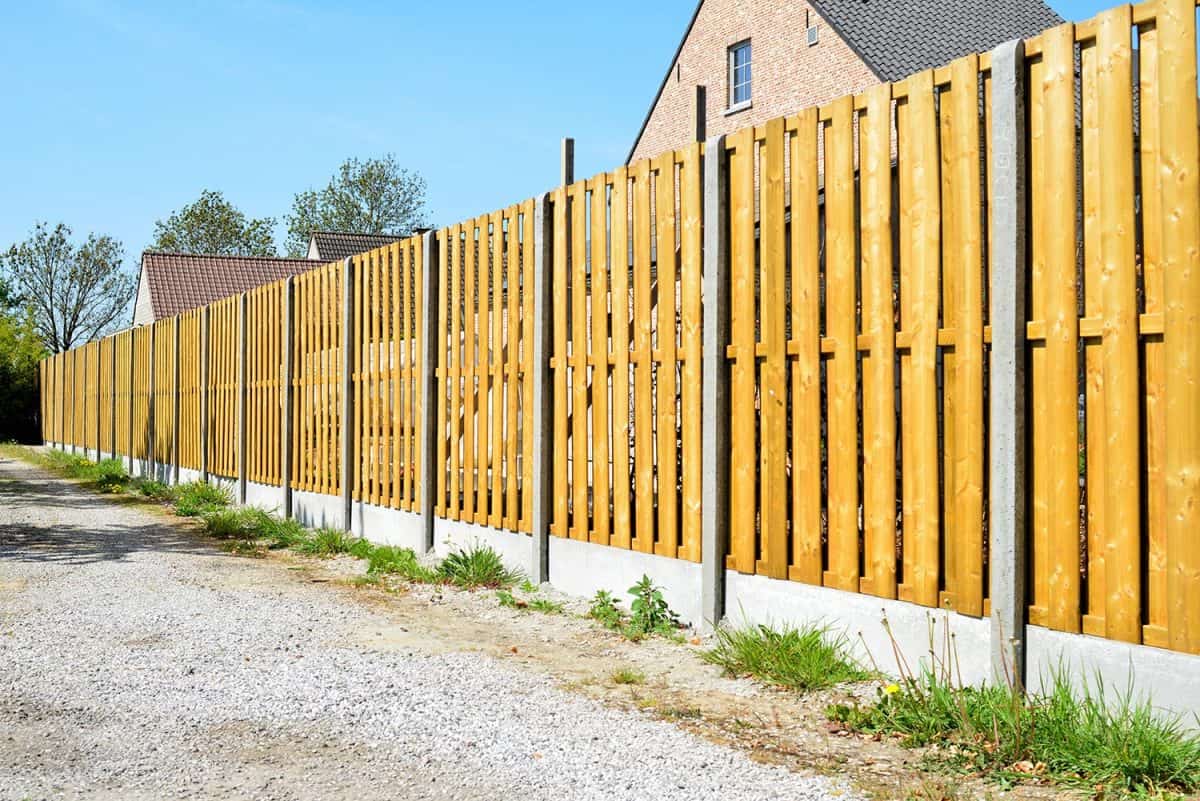
Wood is the preferred fencing material by most homeowners due to its beauty, affordability, and a better sense of privacy. It is simple to install, offers a wide range of design possibilities, and is functionally versatile.
However, wood requires the most maintenance compared to other materials. It may not last as long, especially in areas with rainy weather. Costs may vary depending on your lumber of choice -teak and cedar are recommended all-weather options.
Aluminum
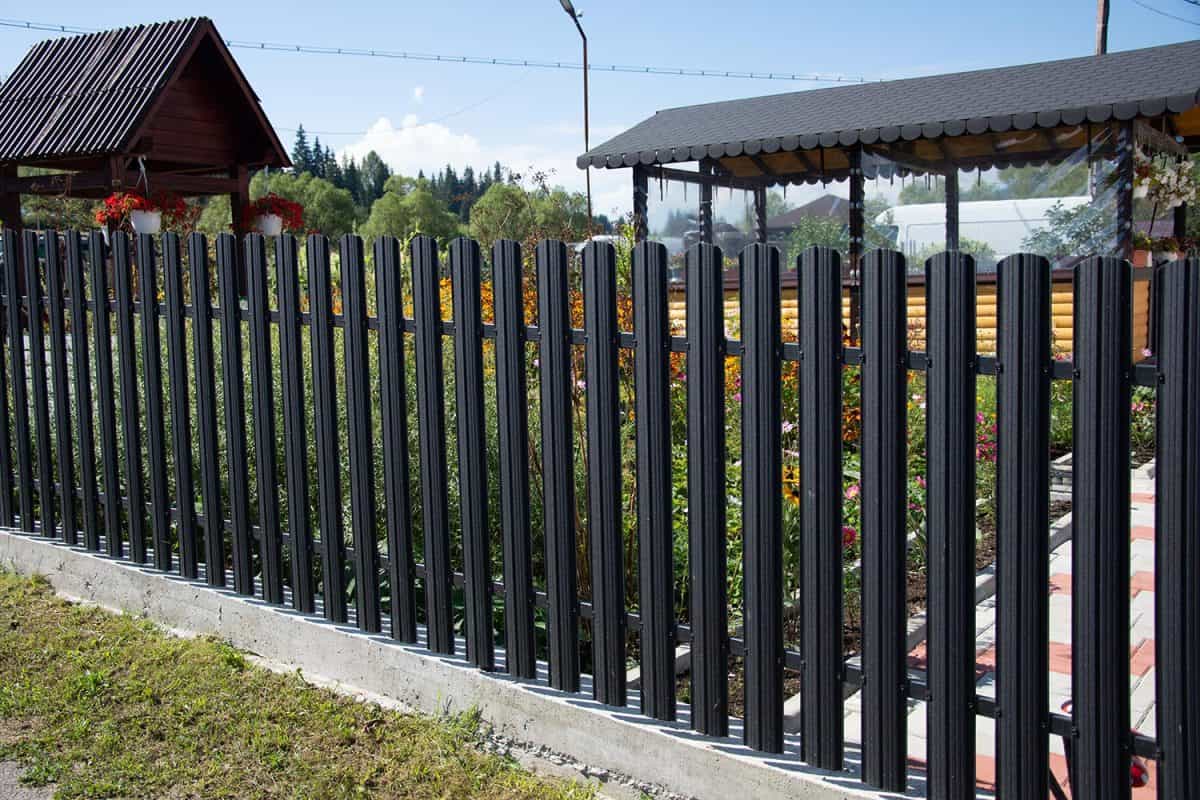
Aluminum fencing provides a more basic protection and safety feature. It can cost more than wood but is almost maintenance-free. This material lasts longer but might not afford the same degree of privacy.
Steel
Steel is durable and provides the best protection for your property. It lasts longer than most materials and as such is relatively more expensive. Corrosion is the only downside to steel but most manufacturers treat the material with an anti-rust coating.
Wrought Iron
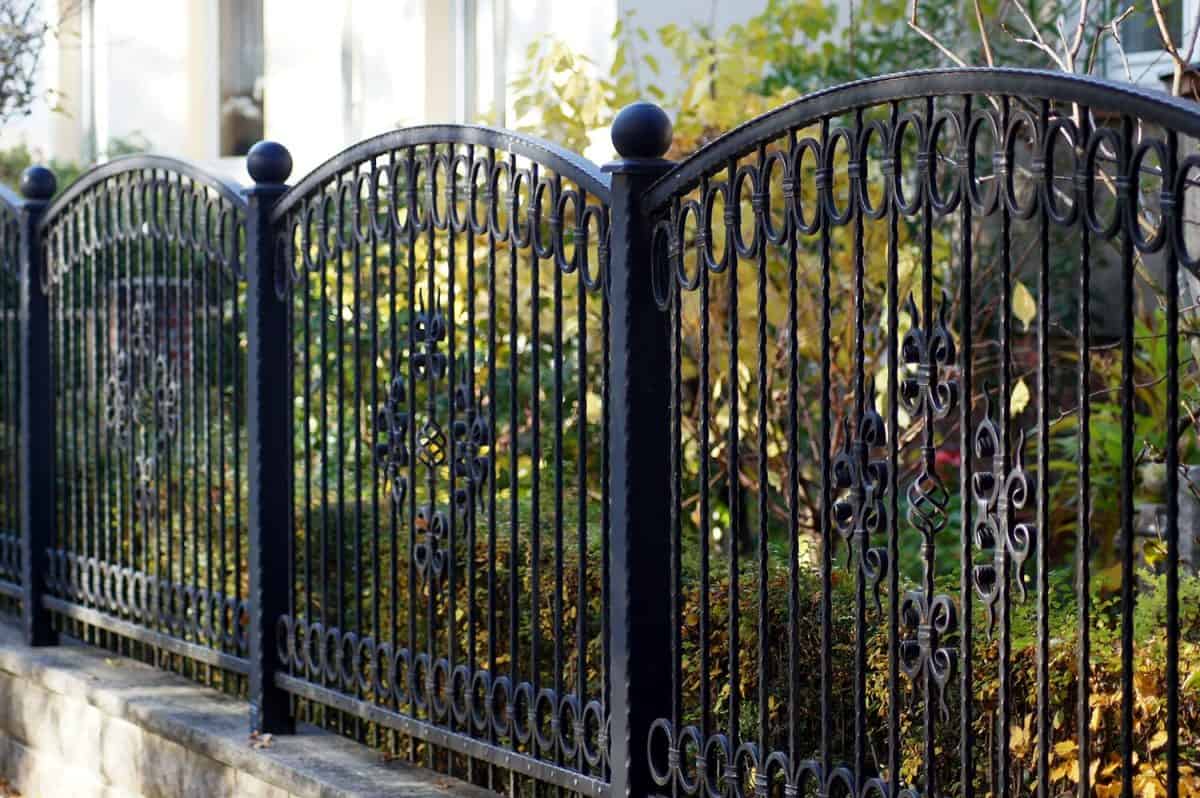
Similar to steel, wrought iron is extremely strong and lasts for years. It is versatile in terms of creative design and decorative purposes. It is however costly and may succumb to rust in the long run.
Chain-link
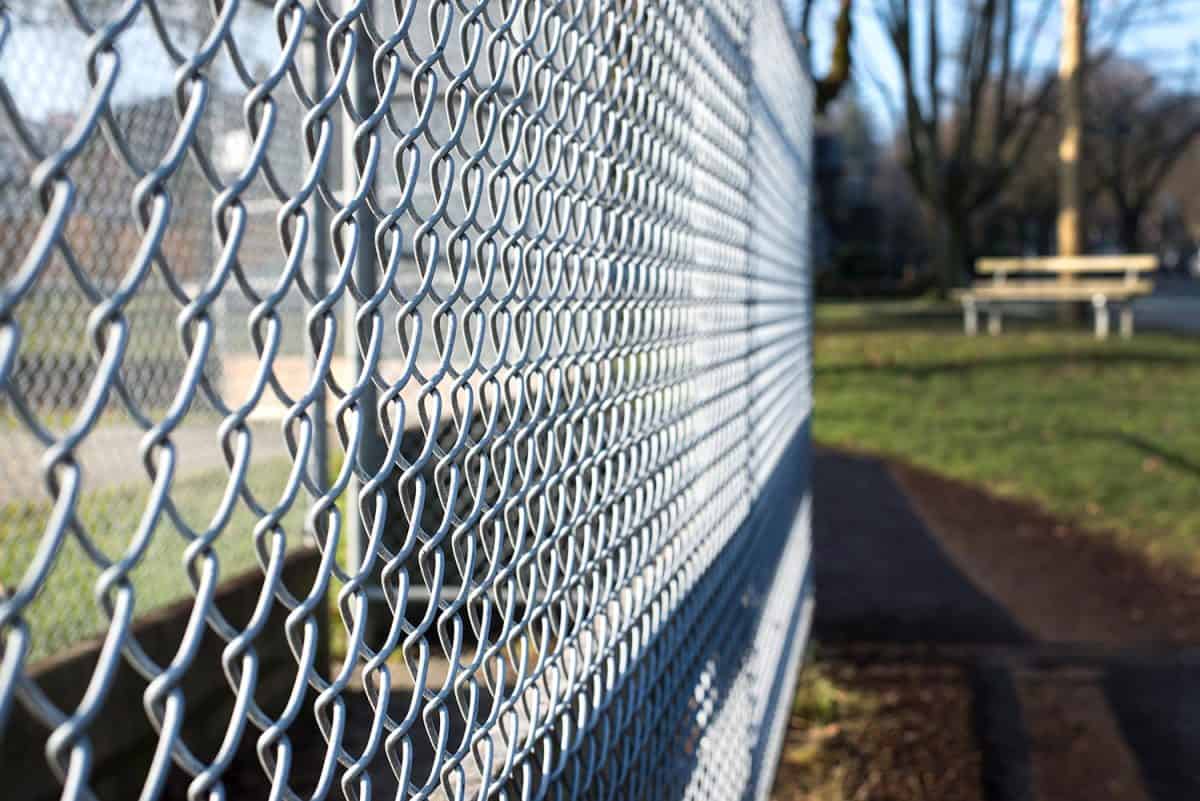
Chain-link fences are your best option if the purpose of the structure is to simply establish boundary lines or prevent intruders or animals from entering the property. They are affordable but need to be replaced once certain parts are worn.
What is the best material to put between fence and soil?
Now that you have more or less decided on the purpose and material of your fence, it is important to know the best material to put between your fence and the soil to avoid future problems.
1. Gravel Boards
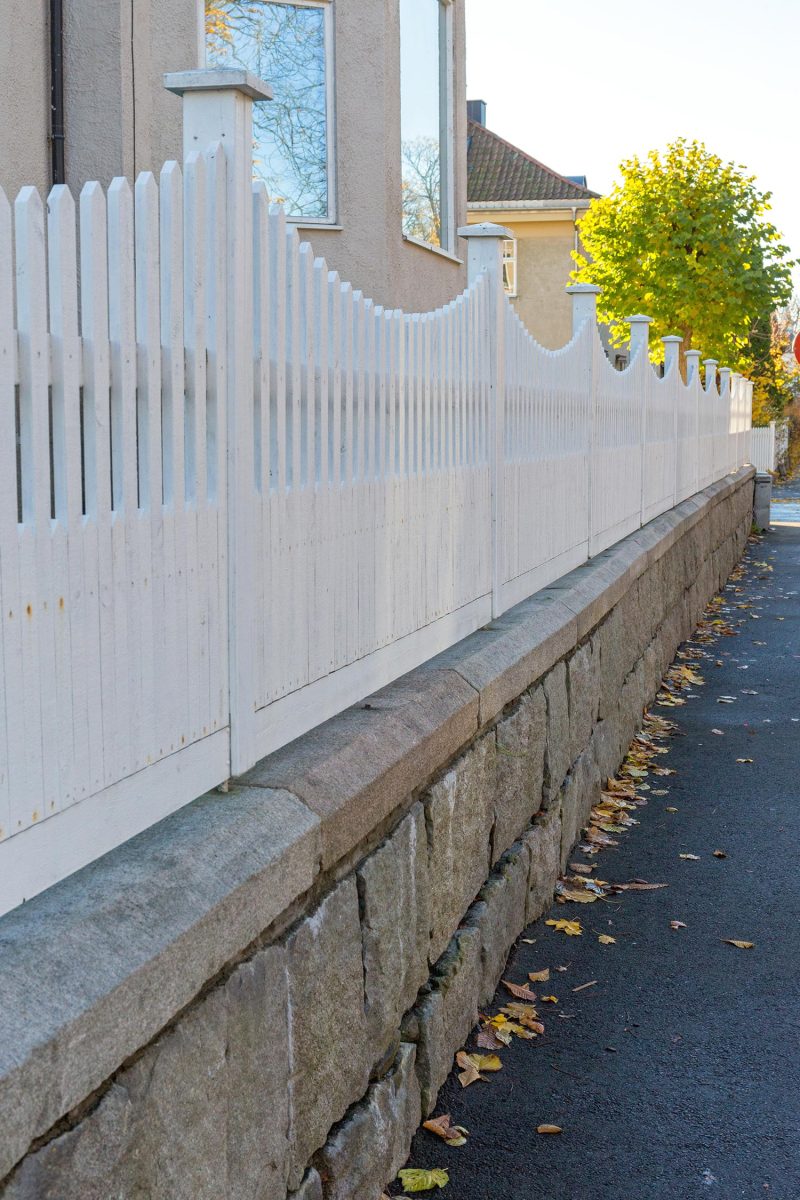
A gravel board is a wooden, concrete, or composite material positioned between your fence panels and the ground they are built on. Essentially, they are used to protect your fence from soil moisture, thus improving the lifespan of the structure. There are three main types:
Wooden Gravel Boards
Wooden boards maintain the unity of design if the main material of your fence is wood. It is however prone to rotting.
Concrete Gravel Boards
Concrete gravel boards are durable, they last longer and provide a better foundation. They may be harder to install but require no maintenance.
Composite Gravel Boards
Composite gravel boards are a combination of recycled plastic, which provides material strength, and wood, which creates a natural-looking appearance. It is lightweight and easy to install.
2. Concrete Posts

Set your fence in concrete or use concrete posts from the beginning. Once the perimeter has been established, determine the ideal spacing for the post foundation.
Any fencing material can then be anchored to the structure. Concrete posts prevent direct contact of your fence (especially wood) with the ground.
3. Fence Elevation or Separation
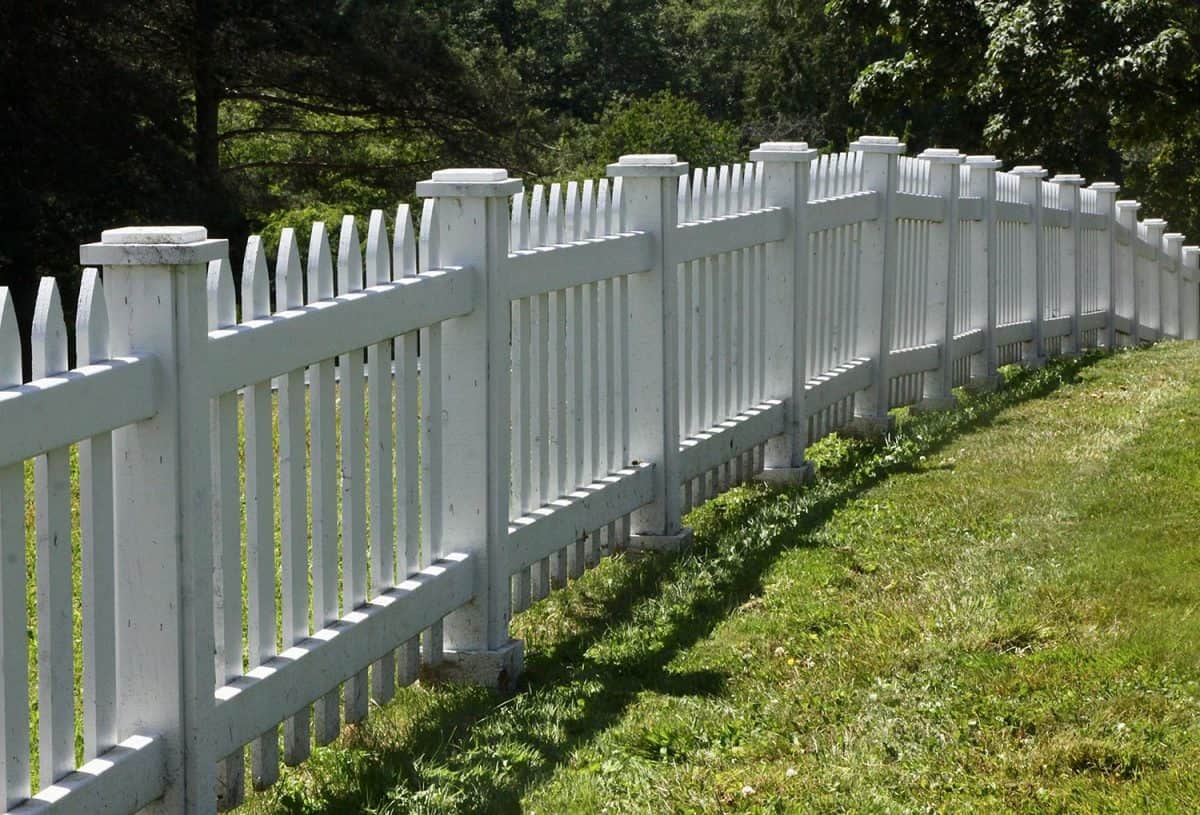
This process simply involves providing clearance between your fence material and the soil it is built on. The only setback is a gap in your fence which may allow small animals to enter, or pets to escape.
What are fencing laws?
Fencing laws have been implemented to prevent issues within the neighborhood. It is significant to know that every state, city, and county has different laws regarding fence building.
What we are about to tackle are just basic laws that may apply or you might expect in most areas. While fence-related laws are different from one locale to the next, common themes apply.
These are the distance from the property line, notifying neighbors, getting a land survey, required fences' height, and building on an Easement.
The Distance of your Fence from the Property Line
In many states, you are allowed to construct your fence precisely on the property line. Your neighbor’s approval however is required. According to the law, if you have a joint borderline with a public entity, then you are not permitted to put up a fence directly on the line. You may have to move back a few feet.
Notifying Your Neighbors
It is typically required to notify neighbors if you intend to build your fence on the property line. It is compulsory to have a 30 days advance written notice which includes the proposed building, maintenance cost, timeline, and design.
Acquiring a Land Survey
Getting a land survey is optional. However, this process is required by some localities. You will have to submit the corner markers or demarcations of your property’s location.
Fence Height
In most states, the maximum allowed height of a fence is six feet. This concept may vary and is however limited to building a fence 15 feet from a street line, on your lawn, and instances that affects traffic’s line of vision.
Building a Fence on an Easement
An easement is an official stipulation that gives you the legal right to use or enter another person's property without actually possessing property rights. In most instances, you are allowed to construct a fence on an Easement.
However, the dominant estate such as utility companies may have the right to remove or demolish any property within the Easement in order to accomplish a project.
In Closing
We hope this article is beneficial to you. Always remember the different fencing materials, laws, and construction tips we have mentioned in order for you to build the best fence possible.
Here are other informative articles that may be helpful for you:
Gap Between Neighbors' Fences - What Homeowners Need To Know

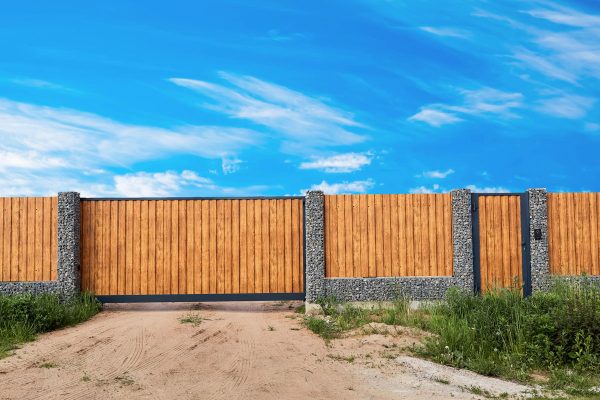
![Close board fence erected around a garden for privacy with wooden fencing panels, concrete posts and kickboards for added durability, Are Gravel Boards Treated? [And How Long Do They Last]](https://fencefixation.com/wp-content/uploads/2022/06/Close-board-fence-erected-around-a-garden-for-privacy-with-wooden-fencing-panels-concrete-posts-and-kickboards-for-added-durability-600x400.jpg)
![Wooden fence with green lawn and trees, Stepped Vs. Racked Fence Installation [Where & How To Use Each]](https://fencefixation.com/wp-content/uploads/2022/06/Wooden-fence-with-green-lawn-and-trees-600x400.jpg)